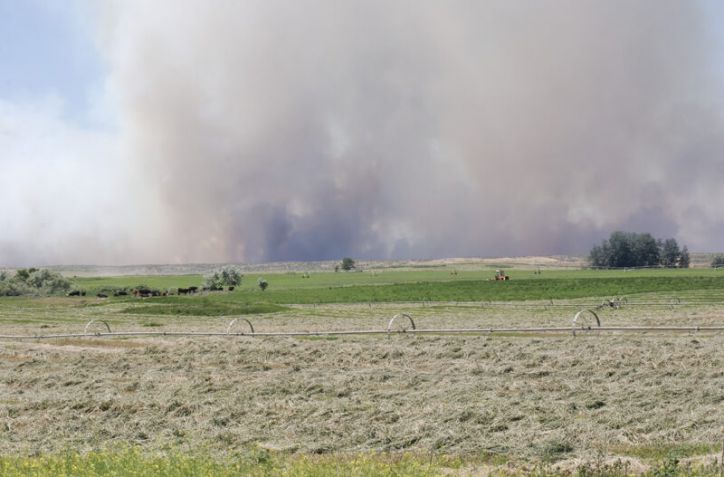Progressive cattle producers: Uncover the game-changing strategies shaping beef's future
In our newsroom: explore how forward-thinking beef producers are redefining ranch management through cutting-edge techniques, tackling industry challenges and positioning themselves at the frontier of sustainable livestock production.
In an era of unprecedented market fluctuations, climate instability, and rising input costs, progressive cattle producers across the United States are redefining how beef is raised, marketed, and managed. These ranchers are embracing innovative tools and data-driven strategies to sustain profitability, improve herd health, and meet the growing demands of an environmentally conscious consumer base.
From remote pastures in Montana to rotational grazing systems in Texas, a new generation of beef producers is prioritizing efficiency, resilience, and sustainability. They're integrating digital technologies, enhancing traceability, and adopting practices that reduce environmental impact while improving animal welfare and meat quality.
U.S. cattle inventories have declined over the past few years due to persistent droughts and high feed prices. According to the USDA, the beef cow herd as of January 2025 stands at its lowest level in over a decade, reflecting the ongoing contraction in supply. Meanwhile, beef demand remains stable, supported by strong domestic consumption and export markets, particularly in Asia.
Yet the profitability equation is tightening. Rising fuel, labor, and fertilizer costs are pushing ranchers to find smarter, more sustainable ways to manage their operations. Average cow-calf margins have shrunk, and access to affordable pasture is increasingly competitive.
A confluence of factors is driving change in the cattle industry. Climate variability is reducing forage availability and increasing the unpredictability of water sources. Trade agreements continue to shape market access, while consumer preferences shift toward leaner cuts and transparently sourced meat.
Progressive producers are leveraging these pressures as catalysts for innovation. They're diversifying revenue streams with value-added products such as grass-fed, organic, and direct-to-consumer beef. Additionally, conservation practices that support soil health and carbon sequestration are not just environmentally sound-they're also eligible for emerging ecosystem services markets.
Many forward-looking cattle operations are investing in precision agriculture tools like RFID ear tags, GPS collars, and real-time pasture monitoring systems. These technologies enhance herd management, enabling producers to make data-informed decisions about nutrition, breeding, and grazing rotation.
Artificial intelligence (AI) is also gaining traction. Some ranches now use machine learning to detect early signs of illness in cattle, allowing for timely intervention and reducing antibiotic usage. Drones and satellite imagery provide accurate forage assessments, streamlining pasture utilization and improving grazing efficiency.
Meanwhile, mobile apps are connecting ranchers with veterinarians, co-op networks, and supply chain partners, facilitating more integrated and responsive management. These tools also help document compliance with animal welfare standards-a growing priority for major retailers and export buyers.

Despite the promise of technology, barriers remain. High upfront investment, limited broadband access in rural areas, and the steep learning curve of new platforms can slow adoption, particularly among smaller or older operations.
However, federal programs are helping bridge the gap. USDA initiatives under the latest farm bill offer financial incentives for adopting conservation practices and technology upgrades. Land-grant universities and extension services are also expanding outreach efforts to support education in agritech and sustainable ranching.
As beef producers face pressure to reduce greenhouse gas emissions, the shift toward regenerative practices like cover cropping, adaptive grazing, and manure management is accelerating. These methods not only support climate goals but can improve yields per acre and enhance pasture resilience.
Progressive cattle producers are proving that adaptability is as vital as tradition. By blending innovation with stewardship, they are forging a new path for American beef-one rooted in resilience, transparency, and long-term viability for both producers and the planet.







